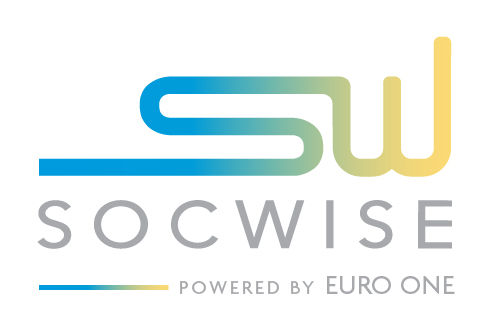PCI-DSS: to protect your card data
![]() Tamás Szalárdi
Tamás Szalárdi
![]() 2023.05.03
2023.05.03

The evolution of digital banking and card transactions has brought convenience and new security challenges. In 2006, major payment networks established the PCI-SSC (Payment Card Industry Security Standards Council) to create uniform security standards, aiming to reduce data theft and ensure safer transactions. Among its 15 standards, PCI-DSS (Payment Card Industry Data Security Standard) is the most prominent, focusing on safeguarding cardholder data.
Overview of PCI-DSS
PCI-DSS outlines stringent requirements across six domains and 12 key areas, addressing the security of sensitive cardholder data, such as names, card numbers, and security codes. These requirements encompass network security, access control, and incident management. Organizations must annually demonstrate compliance, following guidelines that adapt to technological advancements.
Version 4.0 Updates
The latest standard, PCI-DSS 4.0, effective from March 2022, emphasizes phishing defense, enhanced authentication (e.g., MFA), and automated incident detection mechanisms. Transition from version 3.2.1 will be mandatory by March 2024, requiring businesses to adapt to new and revised controls during the interim.
Cardholder Data Environment (CDE)
The standard encourages isolating cardholder data within a secure, designated environment (CDE) to streamline compliance. This approach reduces audit scope while maintaining robust security, requiring periodic vulnerability testing, training, and incident management.
Role of SOC in PCI-DSS Compliance
A Security Operation Center (SOC), whether internal or external, plays a vital role in maintaining compliance. Tasks like log analysis, threat intelligence, and vulnerability management can enhance the security of the CDE. According to PCI-DSS, any entity influencing the security of the CDE must also meet the standard.
Conclusion
PCI-DSS ensures cardholder data is handled securely, fostering trust in card transactions. While compliance demands resources and ongoing effort, it is a practical and evolving framework for robust data protection.
Read the full article on our International subsidiary’s website by clicking on the image.


